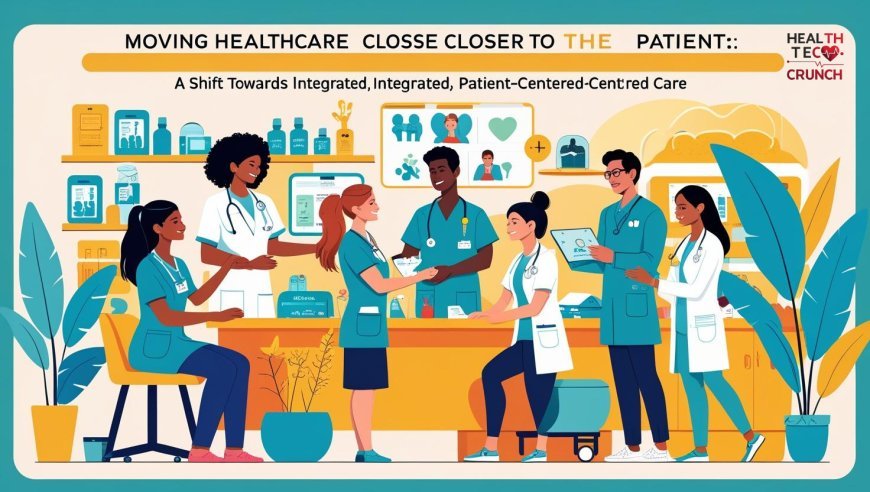Moving Healthcare Closer to the Patient: A Shift Towards Integrated, Patient-Centered Care

Moving Healthcare Closer to the Patient: A Shift Towards Integrated, Patient-Centered Care
In recent years, the healthcare landscape has been undergoing a profound transformation, with one of the most significant changes being the shift towards bringing healthcare closer to the patient. This movement reflects a growing understanding that health services should not be confined within the walls of hospitals and clinics alone but extended into the very communities where people live, work, and interact. It is a shift towards integrated, patient-centered care that recognizes the individual’s needs, preferences, and circumstances as central to how care is designed and delivered.
Traditionally, healthcare has often been reactive, fragmented, and centered around episodic visits to hospitals or specialists. Patients would navigate complex systems, traveling long distances and sometimes encountering delays and disjointed communication between different providers. But today, there is a growing consensus that this model needs to evolve. Bringing care closer to patients means more than just convenience; it is about creating a seamless experience that supports health and well-being continuously, not just when illness strikes.
This transformation is fueled by advances in technology, changes in policy, and an evolving patient mindset. Telehealth services, for example, have exploded in popularity, allowing patients to consult with doctors from the comfort of their homes. Remote monitoring devices track vital signs and chronic conditions, alerting healthcare teams when intervention is needed without requiring a hospital visit. Such tools empower patients to take an active role in managing their health and enable providers to intervene early, improving outcomes.
Integrated care models emphasize collaboration among various healthcare professionals—doctors, nurses, therapists, social workers, and community health workers—working together to address the whole person, not just a specific disease. This approach acknowledges the many social, economic, and psychological factors influencing health. By connecting healthcare with social services and community resources, patients receive support that is truly holistic.
Moreover, shifting care closer to the patient helps address disparities in access. Rural communities, underserved urban areas, and vulnerable populations often face significant barriers to receiving timely and adequate care. Mobile clinics, community health centers, and home-based care initiatives break down these barriers, making quality healthcare more equitable and inclusive.
At the heart of this change is respect for the patient’s experience and voice. Patient-centered care means involving individuals in decision-making, respecting their preferences, and tailoring interventions to fit their unique contexts. When patients feel heard and valued, they are more likely to engage actively in their care, leading to better adherence to treatment and improved health outcomes.
Healthcare professionals also benefit from this model, as it fosters stronger relationships and a deeper understanding of patients’ lives beyond clinical symptoms. This connection builds trust and enables more personalized and effective care plans.
As we look ahead, moving healthcare closer to the patient will continue to shape the future of medicine. It represents a compassionate, efficient, and forward-thinking approach-one that recognizes health as an ongoing journey supported by accessible, coordinated, and empathetic care. By stepping beyond traditional settings and embracing innovation and integration, healthcare systems can truly meet patients where they are, improving lives one interaction at a time.
















